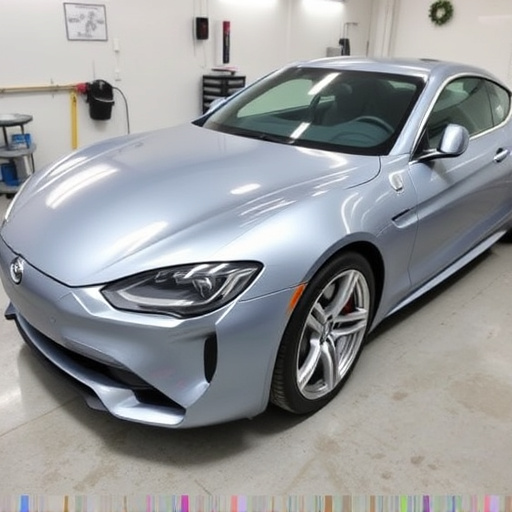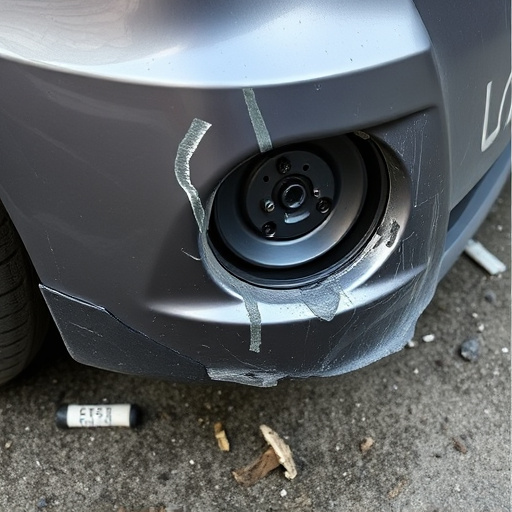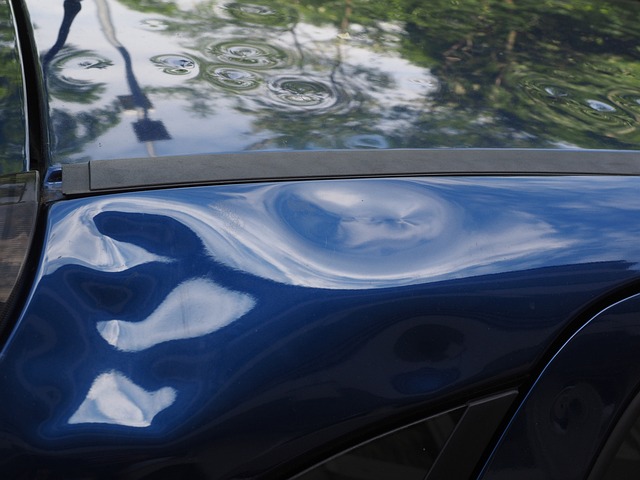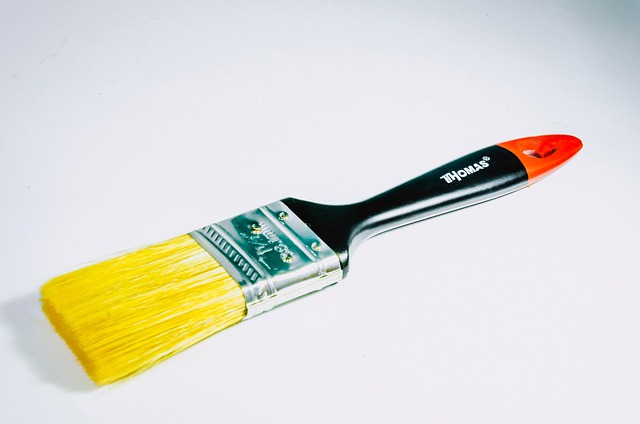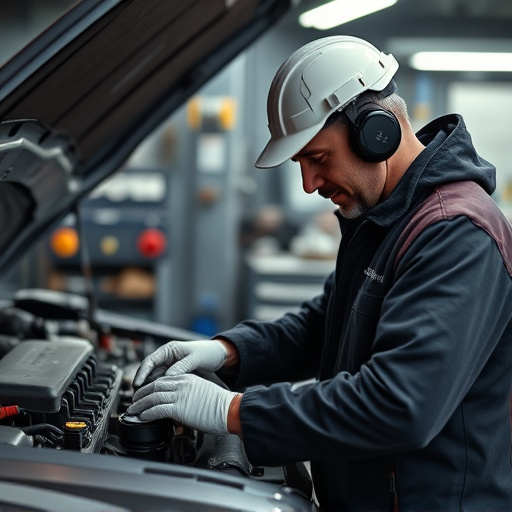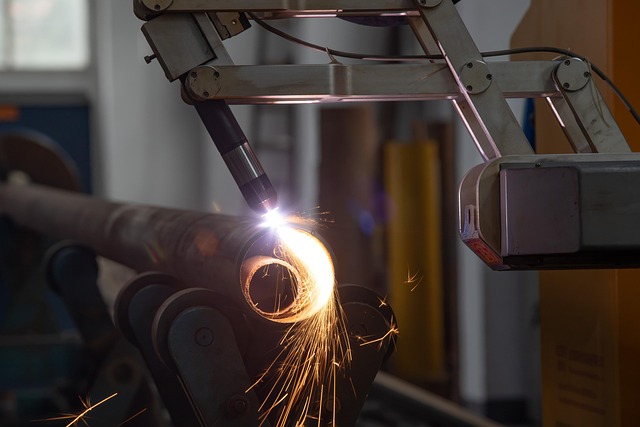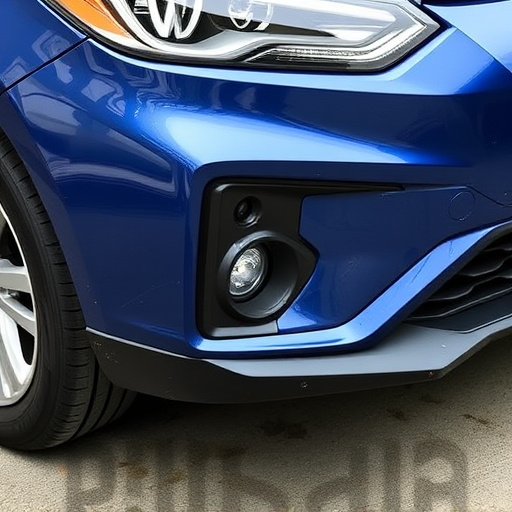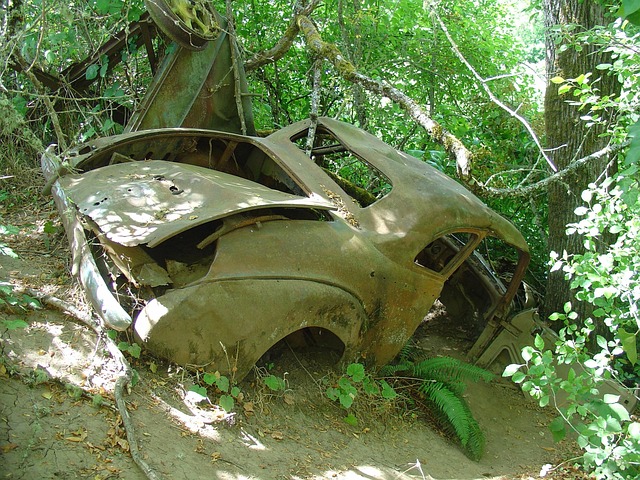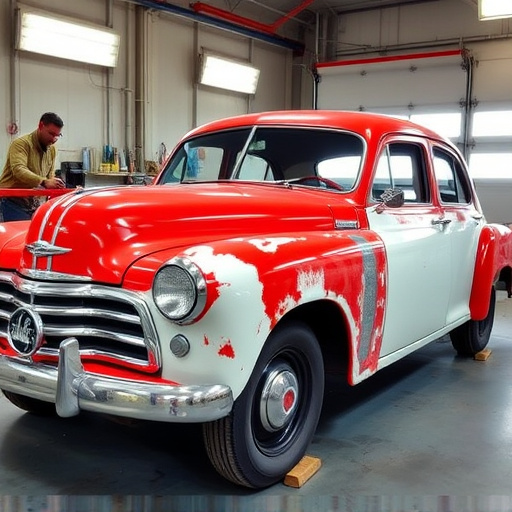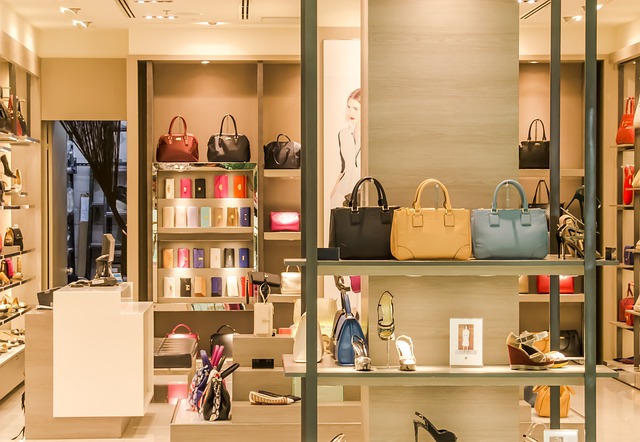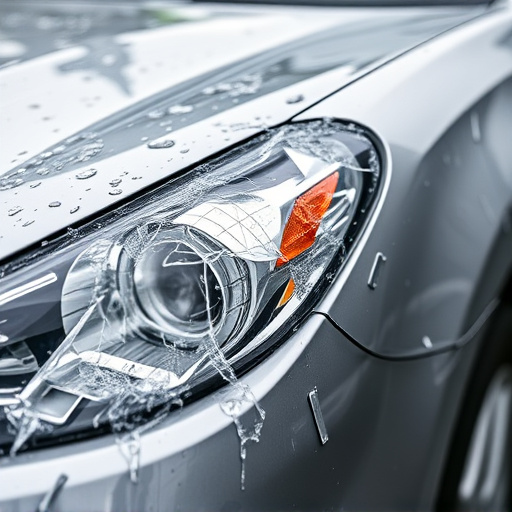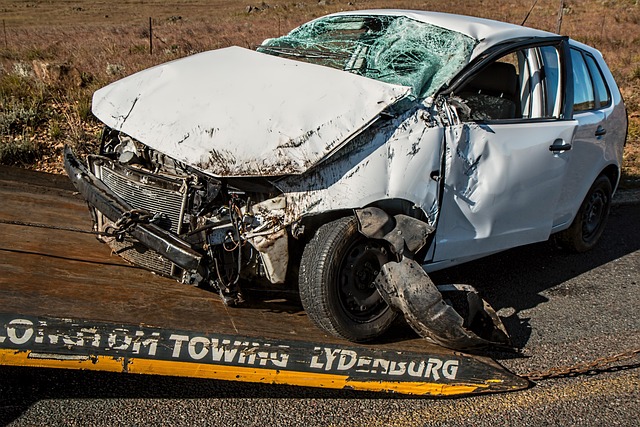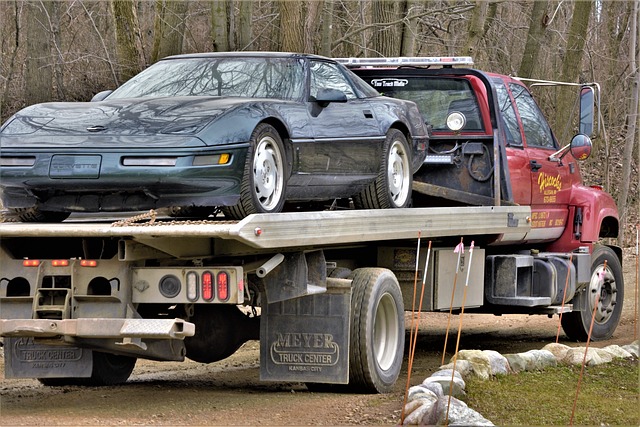In auto body shop consultations, high-quality photos are essential for understanding vehicle damage and communicating repair needs effectively. Before-and-after images from multiple angles provide objective insights, aid in accurate assessments, and simplify customer communication and claims processes. Detailed visual evidence showcases a shop's expertise, builds trust with customers, and facilitates transparent collaborations, ultimately enhancing the collision repair experience.
In the realm of auto body repairs, visual evidence plays a pivotal role in consultations. High-quality photos not only serve as a powerful tool for communication but also ensure accurate damage assessments. During an initial consultation, capturing before-and-after images, close-ups of damaged areas, and angle shots are essential practices. These visuals facilitate clear discussions about repairs, build customer trust through transparent documentation, and enable precise repair quoting and insurance claims by allowing experts to identify even hard-to-reach damage. Understanding the significance of photos in auto body shop consultations is a game-changer for both businesses and their clients.
- The Role of Visual Evidence in Auto Body Shop Consultations
- – Importance of high-quality images
- – Types of photos needed (before/after, damage close-ups, angle shots)
The Role of Visual Evidence in Auto Body Shop Consultations
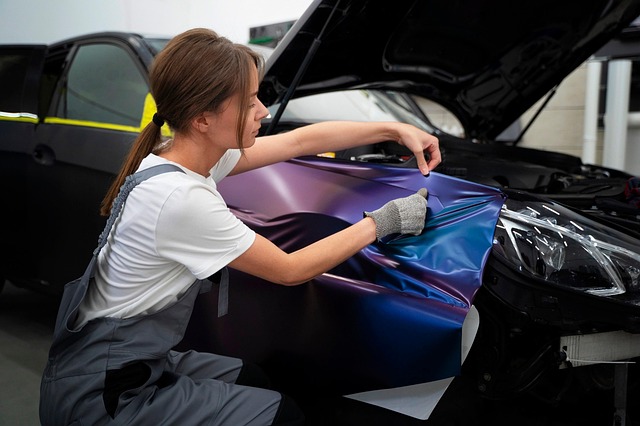
In auto body shop consultations, visual evidence plays a pivotal role in understanding and communicating the scope of work required for car body repair or vehicle restoration. When customers bring their damaged vehicles to an auto body shop, photos serve as a powerful tool to convey the extent of the damage objectively. Before and after images, taken from various angles, provide clear insights into the type and magnitude of repairs needed. This visual documentation helps auto body shop professionals in several ways: it facilitates accurate assessment, enables efficient planning, and aids in effective communication with customers.
Moreover, high-quality photos act as a reference point throughout the repair process, ensuring that all parties involved are aligned on the expected outcome. For auto body services that involve intricate or complex repairs, detailed visual evidence can showcase the shop’s expertise and the precision of their work. This transparency builds trust between the auto body shop and its customers, fostering a transparent and reliable relationship essential for successful collaborations in vehicle restoration endeavors.
– Importance of high-quality images
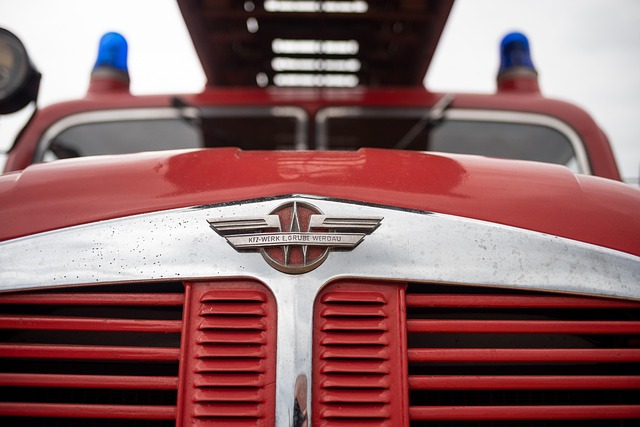
High-quality images play a pivotal role in auto body shop consultations, serving as more than just visual aids. These crisp, detailed photographs provide a clear picture of the vehicle’s damage, allowing for accurate assessments and precise estimates. By capturing every angle, from close-ups of dents and scratches to broader views showing overall body structure, the auto body shop can identify potential hidden issues that may not be immediately apparent during an in-person inspection. This visual documentation is invaluable for both parties—it ensures transparency and builds trust between the customer and the repair shop, streamlining the claims process for car repair services or auto frame repair.
Moreover, high-quality images facilitate effective communication. They enable customers to share their concerns and expectations with the automotive body shop, ensuring that everyone is on the same page regarding the desired outcomes of the repairs. For the shop, these visuals assist in planning the restoration process, from simple paint jobs to complex auto frame repair tasks, helping them prepare the necessary tools and materials ahead of time, thereby saving time and resources.
– Types of photos needed (before/after, damage close-ups, angle shots)
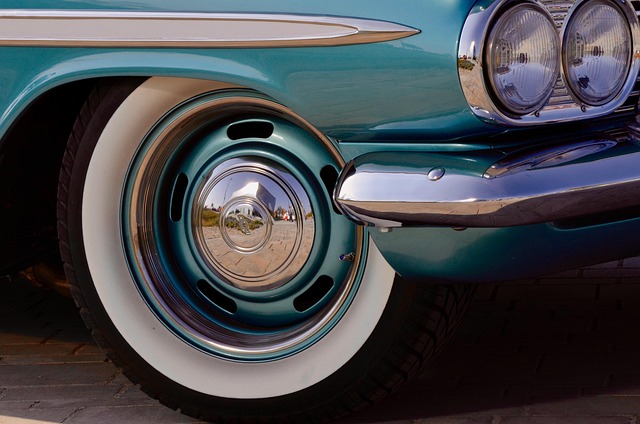
When it comes to auto body shop consultations, visual evidence plays a pivotal role in understanding and accurately assessing vehicle damage. The right photos can convey the extent of the harm sustained by a vehicle, aiding in effective communication between customers and repair technicians. During an initial consultation, having diverse photography is essential for a comprehensive evaluation.
For auto body shop consultations, capture several images from various angles and distances. Before-and-after shots are invaluable, showcasing the vehicle’s condition before and after repairs. Close-up photos of the damaged areas, such as dents, scratches, or broken parts, provide detailed insights into the extent of restoration required. Additionally, angle shots, including bird’s-eye views and side profiles, offer a holistic perspective of the vehicle’s aesthetics and structural integrity, especially when it comes to identifying and repairing components like bumpers. This multi-faceted approach ensures that both parties involved in the consultation have a clear understanding of the collision repair process and its potential outcomes, whether at a collision center or a dedicated bumper repair shop.
In auto body shop consultations, high-quality visual evidence is paramount. Capturing detailed images, including before-and-after comparisons, close-ups of damage, and angled shots, allows for a comprehensive assessment. This visual documentation facilitates accurate estimates, ensures transparency, and ultimately streamlines the repair process, making it easier for both shops and customers to navigate. By utilizing these types of photos, auto body shops can provide more effective service and better outcomes during consultations.
